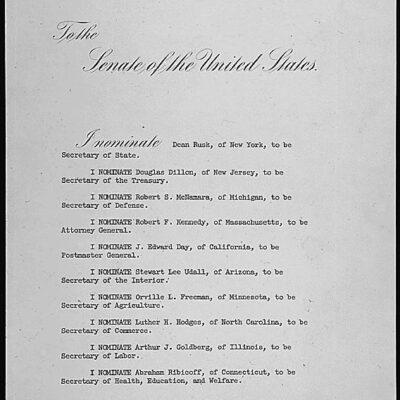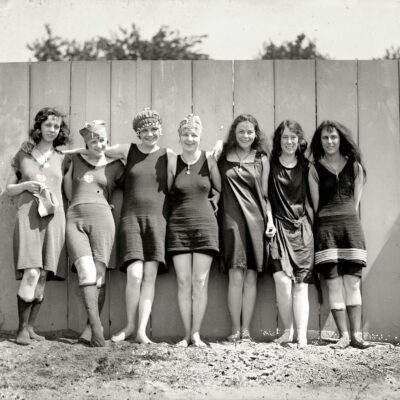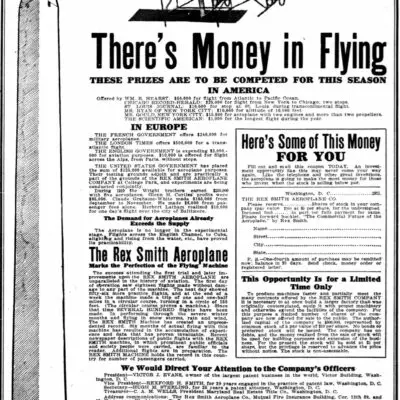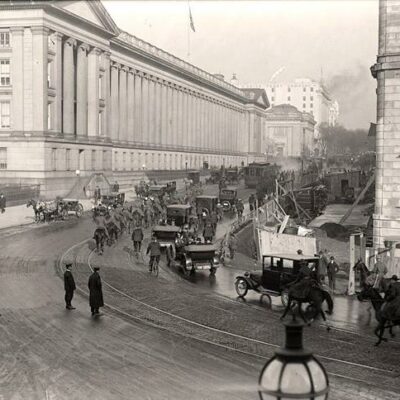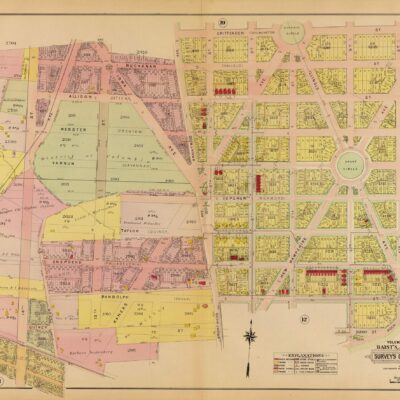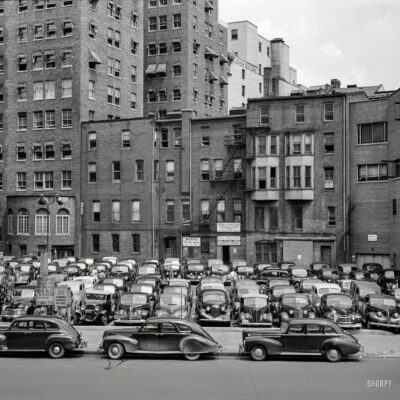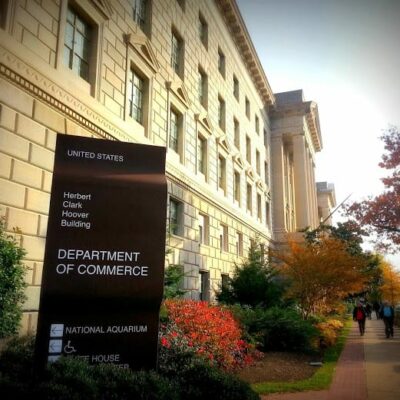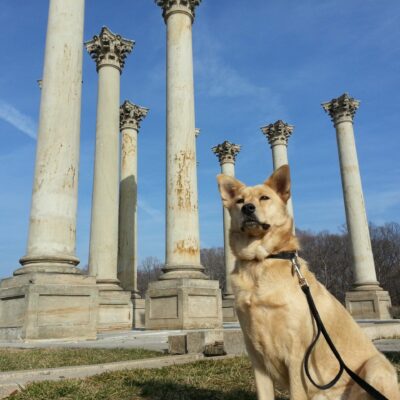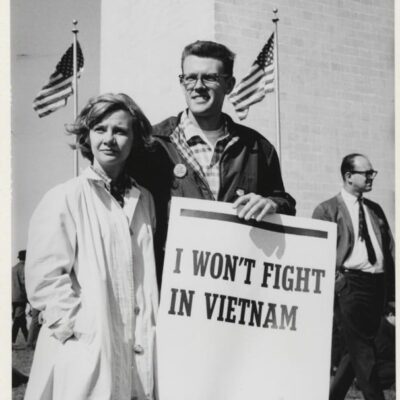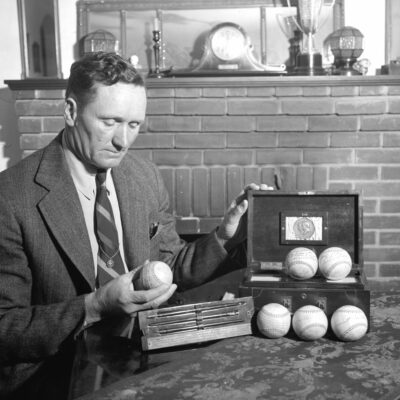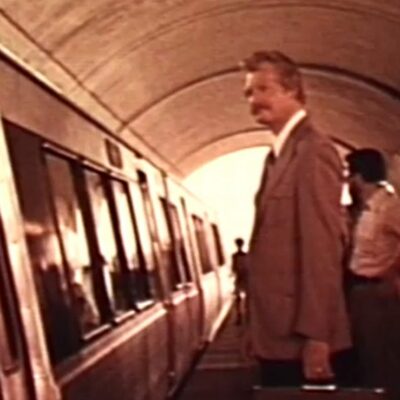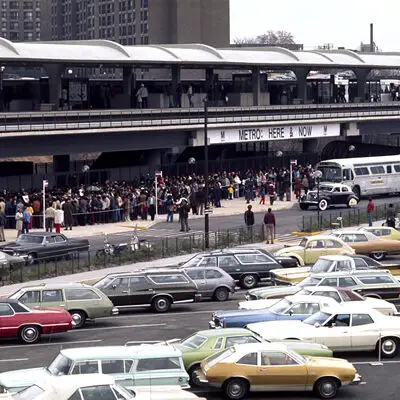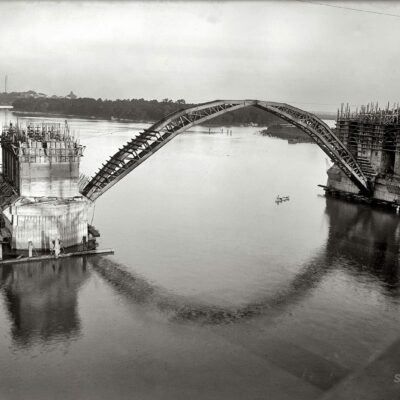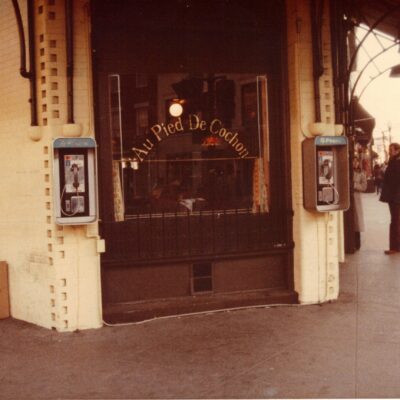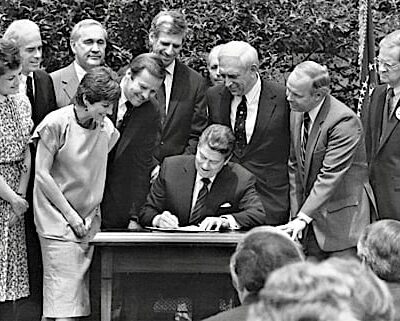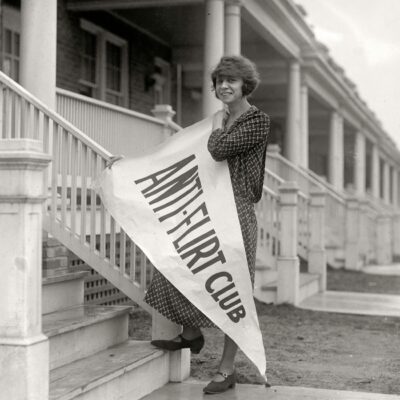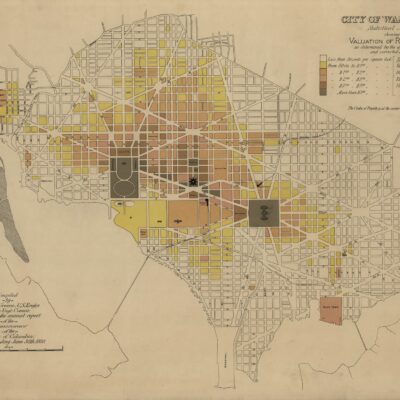Today I’m kicking off another new series called “Three Things…” I will do my best to keep these brief and pack in three key points or “ah ha!” moments for the regular and curious GoDC readers.
This first one will be about Dulles Airport and I’ll list three things that you (probably) don’t know about it. We already posted twice about the airport, so you won’t be learning about Concorde or the airport’s inauguration in 1962. The airport has been serving the Washington region for 50 years now, so it won’t be difficult to find three random facts, but it will be challenging to pick the best ones.
1. The consecutive airshow accidents of 1972
In the early summer of 1972, Dulles Airport was playing host to a large transportation exposition called Transpo ’72, a celebration of the airport’s 10th anniversary.
This was a nine-day event sponsored by the Department of Transportation and attended by over one million visitors from around the world. According to the Wall Street Journal, it was the “biggest show the government has put on since World War II.”
On the third day of the event, May 29th, 1972, the pilot of a Kite Rider hang glider was killed in a crash. On June 3rd, during the afternoon sport plane pylon race, the propeller of a trailing aircraft clipped the right wing of the leading airplane, immediately tearing it from the fuselage. The leading plane plunged to the ground, killing the 29-year-old pilot, Hugh Alexander of Louisville, GA.
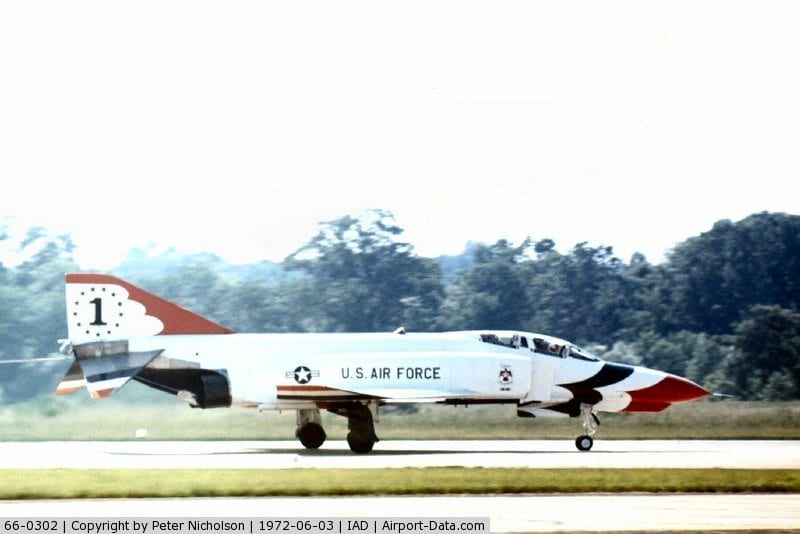
On the final day of the event, June 4th, the U.S. Air Force Thunderbirds were performing when Joe Howard’s F-4 Phantom II lost power during a vertical maneuver. The plane stalled and plummeted to the ground. Howard safely ejected from the aircraft, but while his parachute floated to the ground, the wind carried him over the massive fireball wreck of his jet. The intense heat from the flames melted his parachute and he dropped the final 200 feet, sustaining fatal injuries. This final tragedy was the first accident in the Thunderbirds’ history, and to make it even more tragic, he left behind his wife and a one-day old son.
Three fatal accidents within a few days of each other. That’s horrible.
2. The current location of Dulles was the second choice
Every time I drive out to Dulles, I’m reminded of a funny thing a friend said once said to me. He was driving me to the airport a number of years ago and about half way down the Dulles Toll Road, he blurted out, “where the hell did they build this airport?”
I agree. That thing is far away, but what many people don’t know is that the current location was not where it was supposed to be built. Construction was initially ready to go on the new airport in Burke, Virginia.
Air travel was growing rapidly after World War II, and outpacing the capacity of National Airport. Congress passed the Washington Airport Act of 1950 to back a second airport for the region. Throughout the 1950s, land was acquired around a site in Burke, ready for the new airport. The neighbors of the new site were against the location and organized against it and the D.C. suburbs were expanding at a rate much faster than anticipated. The Burke site was not going to work.
A number of alternate sites were considered, including the current Andrews Air Force base and Baltimore’s Friendship International Airport (i.e. BWI). In 1958, President Eisenhower selected the current site, which was the former community of Willard (i.e., as in the same Willard family that owned the famous hotel near the White House).
The presidential decision was unilateral and there were no public hearings. Condemnation letters were sent to all Willard area landowners. They were unable to successfully form an organized opposition and ended up deeding almost 10,000 acres to the government for $500 per acre.
Four years later, in November 1962, John F. Kennedy dedicated the new airport, and it was christened Dulles International Airport. Below are some clips from that day.
3. Connection to the Unabomber
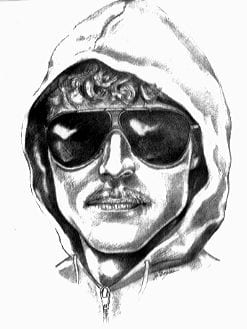
On November 15th, 1979, American Airlines Flight 444 was inbound to Dulles from Chicago when a package in a mailbag ignited, filling the plane with smoke. The Boeing 727 was forced to make an emergency landing at Dulles.
There were no fatalities, but 12 passengers were treated for smoke inhalation. Investigations following the incident concluded that the bomb did not explode due to a faulty timing mechanism, and had it been successful, the airplane would have been obliterated.
The FBI became involved because the attempted bombing of an airliner is a federal offense. They started to piece together various bombings across the country and gave this new case the code-name UNABOM, short for “UNiversity and Airline BOMber,” which the media seized upon, dubbing the assailant the “Unabomber.”
He remained on the run (or rather, in hiding) in the Montana wilderness for a little over 16 years, but without the unsuccessful attempted bombing of Flight 444, making this a federal case, things could have been very different.
And there you have it. Hopefully you learned three new things today. If you already knew these, then you are a trivia master and I want you on my team.
